Are E-Bikes Safe for Kids? What Every Parent Should Know
Electric bikes (e-bikes) have become increasingly popular in recent years, and it's no surprise that kids are showing interest in this exciting mode of transportation. As a parent, you might be wondering, "Are e-bikes safe for kids?" It's an important question, especially as e-bikes bring a unique set of benefits and challenges compared to traditional bicycles. In this blog post, we’ll explore everything parents need to know about e-bikes for kids, starting with their rising popularity, applicable laws in the U.S., and potential risks.
1. Introduction: E-Bikes and Their Growing Popularity Among Kids
E-bikes have revolutionized how people commute, exercise, and enjoy the outdoors. With pedal assist and throttle options, they offer a convenient, energy-efficient way to travel longer distances and tackle challenging terrains.
In the U.S., e-bikes have become particularly appealing to teenagers and even younger children, offering a mix of fun, independence, and practicality. Whether it’s for getting to school, running errands, or exploring local trails, e-bikes are seen as a modern alternative to both traditional bikes and cars.
However, this rise in popularity comes with concerns, especially for parents. While e-bikes provide an opportunity for kids to stay active and develop independence, their speed and power can pose safety challenges. It’s crucial to weigh the benefits and risks to ensure a safe riding experience for young riders.
2. Understanding U.S. Laws and Regulations for Kids Riding E-Bikes
Before letting your child hop on an e-bike, it's essential to understand the legal landscape surrounding their use. E-bike regulations in the United States vary by state, and knowing the rules in your area can help you make informed decisions.
E-Bike Classifications
In the U.S., e-bikes are typically categorized into three classes:
- Class 1: Pedal-assist only, with a maximum speed of 20 mph.
- Class 2: Equipped with a throttle, with a maximum speed of 20 mph.
- Class 3: Pedal-assist only, with a maximum speed of 28 mph.
For kids, Class 1 and Class 2 e-bikes are generally more appropriate, as their speeds are limited to 20 mph and they are easier to control.
Minimum Age Requirements
Many states enforce minimum age restrictions for e-bike riders. For example:
- In California, riders must be at least 16 years old to operate a Class 3 e-bike, while younger riders can use Class 1 and Class 2 models.
- In New York, riders under 16 are prohibited from using e-bikes altogether.
- In Florida, there is no minimum age requirement, but children under 16 are required to wear a helmet.
Always check your state’s specific e-bike regulations before purchasing one for your child.
Helmet Requirements
Safety laws in most states mandate helmets for minors riding e-bikes. A well-fitted helmet is crucial, as it significantly reduces the risk of head injuries in case of an accident.
Where Can Kids Ride E-Bikes?
State and local laws dictate where e-bikes can be ridden. In general:
- E-bikes are allowed on bike paths, shared-use paths, and roads where traditional bikes are permitted.
- Some areas restrict e-bike usage on natural trails or sidewalks.
Parents should review local ordinances to ensure compliance and minimize potential risks.

3. Assessing the Risks of E-Bikes for Kids
E-bikes are exciting and versatile, but they come with inherent risks, especially for young or inexperienced riders. Here are the key concerns parents should consider:
Speed-Related Risks
One of the main differences between traditional bicycles and e-bikes is speed. While a child might struggle to maintain 10 mph on a regular bike, e-bikes can reach speeds of 20-28 mph effortlessly. This added speed increases the likelihood of accidents, particularly in busy urban environments or areas with uneven terrain.
Inexperience with Traffic and Road Safety
Many children lack the situational awareness and decision-making skills required for safe riding in traffic. Navigating intersections, avoiding obstacles, and reacting to other vehicles are critical skills that take time to develop. The faster speeds of e-bikes can amplify the consequences of poor judgment or inexperience.
Handling and Control
E-bikes are heavier than traditional bicycles due to their motors and batteries. This added weight can make them harder for children to handle, especially during sharp turns or sudden stops. If a child is not physically strong enough to manage the bike, it can lead to accidents.
Battery and Electrical Safety
Although rare, battery malfunctions in e-bikes can pose risks such as overheating or short circuits. Ensuring that the e-bike is from a reputable brand like Totem and regularly maintaining the bike can minimize these risks.
Injury Statistics
According to a 2022 study by the National Safety Council, e-bike injuries have been increasing, with a notable percentage involving younger riders. Common injuries include abrasions, fractures, and head trauma, highlighting the need for proper safety precautions.
How Totem E-Bikes Address These Concerns
At Totem, we are committed to providing e-bikes that prioritize safety and reliability. Many of our models come equipped with features like:
- Mechanical or Hydraulic Disc Brakes: For superior stopping power, even at higher speeds.
- Sturdy Frames: Lightweight yet durable, making them easier for younger riders to handle.
- Integrated Lights and Reflectors: To enhance visibility in low-light conditions.
By choosing an e-bike from a trusted brand, you can ensure a safer riding experience for your child.
Conclusion 1
E-bikes can be a fantastic tool for fun, exercise, and transportation, but they’re not without risks—especially for children. As a parent, understanding the legal requirements and potential safety concerns is the first step in deciding whether an e-bike is suitable for your child.

4. The Benefits of E-Bikes for Kids
E-bikes offer numerous advantages that make them appealing not only to kids but also to parents. While safety is a valid concern, the benefits of e-bikes often outweigh the risks when proper precautions are taken.
Encourages Outdoor Activity
In today’s digital age, kids are spending more time indoors, glued to screens. E-bikes provide an exciting way to encourage outdoor activity, helping kids enjoy fresh air, explore their surroundings, and stay active. The pedal-assist feature reduces physical strain, making it easier for kids to tackle longer distances or hilly terrains.
Promotes Independence
For older kids and teens, e-bikes can be a great way to develop independence. Riding to school, friends’ houses, or extracurricular activities on an e-bike allows them to experience a sense of responsibility while giving parents a break from constant chauffeuring. Of course, this independence should be supervised and granted gradually as their skills improve.
Eco-Friendly Transportation
E-bikes are an environmentally friendly alternative to cars and motorcycles. They use rechargeable batteries, produce no emissions, and help reduce the carbon footprint. Teaching kids to prioritize eco-conscious transportation from a young age can instill sustainable habits that last a lifetime.
Builds Traffic Awareness
When kids ride e-bikes under proper guidance, they learn essential traffic rules, road etiquette, and how to navigate safely in different environments. These skills are invaluable and will serve them well if they transition to driving cars in the future.
Adaptable for Different Needs
E-bikes are incredibly versatile. Whether your child needs a bike for commuting, leisure, or exploring off-road trails, there’s an e-bike suited for the purpose. Models like the Totem Victor 2.0 Electric Mountain Bike or the Totem Ranger Fat Tire Electric Bike are great examples of adaptable options that cater to various terrains and purposes.

5. How to Choose the Right E-Bike for Kids
Selecting the right e-bike for your child is crucial for ensuring both safety and enjoyment. Here’s what to look for:
1. Speed and Power
Opt for e-bikes with lower power output and speed limits to ensure your child can handle the bike safely. For kids, a motor with a maximum speed of 15-20 mph is ideal. Class 1 and Class 2 e-bikes are generally the safest options for young riders since they limit top speeds and include intuitive controls.
2. Weight and Size
E-bikes are heavier than traditional bikes due to the motor and battery. Make sure the bike’s weight and frame size are appropriate for your child’s age, height, and strength. For example:
- Totem Victor 2.0 weighs only 46 lbs (battery included), making it manageable for younger riders.
- Look for models with adjustable seats and handlebars to ensure a proper fit.
3. Safety Features
Safety should always be a priority when choosing an e-bike for kids. Look for these essential safety features:
- Brakes: Hydraulic or mechanical disc brakes provide better stopping power, especially on slopes or in wet conditions.
- Lights and Reflectors: Integrated LED lights and reflective surfaces improve visibility, especially during early mornings or evenings.
- Tires: Wider, e-bike-rated tires provide better stability and grip, such as the CST tires on the Totem Ranger Fat Tire Electric Bike.
- Throttle Limitation: Some e-bikes allow parents to disable or limit throttle use, ensuring the child doesn’t exceed safe speeds.
4. Ease of Use
Choose an e-bike with a simple and intuitive control system. For example, models with an easy-to-read LCD display that shows speed, battery life, and pedal assist level are ideal for younger riders.
5. Durability and Brand Reliability
Invest in a high-quality e-bike from a trusted brand like Totem. Poorly made e-bikes can lead to mechanical failures and safety hazards. Totem e-bikes are designed with durability and safety in mind, offering lightweight aluminum frames and advanced features that stand up to rigorous use.
6. Battery Life and Range
Consider how far your child is likely to ride on a single trip. E-bikes like the Totem Ranger Electric Mountain Bike offer a range of 50-70 miles per charge, which is more than sufficient for most kids’ needs.

6. Safety Tips for Kids Riding E-Bikes
Once you’ve chosen the right e-bike, implementing safety measures is the next critical step. These tips can help ensure your child rides safely and responsibly:
1. Always Wear Protective Gear
The importance of wearing a helmet cannot be overstated. Choose a helmet that meets safety standards, fits snugly, and provides adequate coverage. Additional protective gear, like knee and elbow pads, can offer extra protection, especially for younger or less experienced riders.
2. Start in Safe, Low-Risk Environments
Before letting your child ride on busy roads or challenging trails, have them practice in safe, low-traffic areas like parks, bike paths, or empty parking lots. This helps them get accustomed to the bike’s weight, speed, and controls.
3. Teach Road Safety
Educate your child about essential road safety rules:
- Obey traffic signs and signals.
- Always ride on the right-hand side of the road.
- Use hand signals when turning.
- Stay alert for cars, pedestrians, and other cyclists.
4. Monitor and Limit Speed
Set speed limits appropriate for your child’s skill level. Many e-bikes, including Totem models, allow parents to adjust pedal assist levels and speed settings, providing an added layer of control.
5. Regular Maintenance Checks
Routine maintenance ensures the e-bike remains safe to ride. Check the brakes, tires, chain, and battery regularly. A properly maintained bike reduces the risk of mechanical failures during rides.
6. Ride During Safe Hours
Encourage your child to ride during daylight hours or in well-lit areas. If riding in low-light conditions is unavoidable, make sure the e-bike is equipped with bright LED lights and reflective accessories.
7. Avoid Overloading
E-bikes have weight limits, and overloading can affect their balance and performance. The Totem Victor 2.0, for example, has a payload capacity of 250 lbs, which is suitable for most young riders.
8. Supervise Younger Riders
For younger kids or those new to e-bikes, parental supervision is essential. Riding alongside your child not only ensures their safety but also provides an opportunity to bond and teach them safe riding habits.
Conclusion 2
E-bikes can be a fantastic tool for keeping kids active, independent, and environmentally conscious. By carefully selecting a suitable e-bike and enforcing essential safety measures, parents can help their kids enjoy the benefits of e-biking while minimizing risks.

7. The Role of Parental Supervision in E-Bike Safety
Even with the safest e-bike and all the right protective gear, the role of parental supervision is irreplaceable. Here’s how parents can actively ensure their child’s safety when riding an e-bike:
1. Establish Ground Rules
Before your child starts using their e-bike, establish clear rules for its use. Some examples include:
- Always wearing a helmet and other safety gear.
- Staying on approved routes like bike paths or quiet residential streets.
- Never riding in inclement weather or at night without proper lighting.
Make sure these rules are age-appropriate and adapt them as your child gains more experience and responsibility.
2. Supervised Rides for Beginners
For younger children or those new to e-bikes, start with supervised rides. Accompany them on their first outings to observe how they handle the bike, follow traffic rules, and react to different situations. This hands-on approach allows you to provide immediate feedback and guidance.
3. Monitor Riding Behavior
As your child becomes more independent, periodically monitor their riding behavior. For example:
- Check their adherence to traffic rules.
- Ensure they’re not riding recklessly or at unsafe speeds.
- Observe their awareness of their surroundings.
4. Gradual Exposure to Complex Environments
Children should gradually progress from riding in controlled areas to navigating more complex environments like busier streets or challenging trails. This staged approach ensures they build the necessary skills and confidence without becoming overwhelmed.
5. Regular Check-Ins
Set a schedule for checking in on your child’s e-bike use. Discuss their experiences, challenges they’ve faced, and any concerns they might have. This open communication ensures they feel supported and know that their safety is your top priority.

8. Alternatives to E-Bikes for Younger Children
If your child is too young for an e-bike or you feel they’re not ready for the responsibilities that come with one, there are several alternatives to consider. These options can still provide the fun and benefits of riding while being more age-appropriate.
1. Traditional Bicycles
For children under 12, traditional bicycles are often the best option. They’re lighter, simpler to operate, and offer a great way to develop basic cycling skills. Once your child becomes proficient with a regular bike, transitioning to an e-bike will be much easier.
2. Pedal-Assist Bikes with Limited Features
Some pedal-assist bikes are designed specifically for younger riders, with lower speeds and limited motor assistance. These bikes can serve as a stepping stone between traditional bicycles and full-fledged e-bikes.
3. Electric Scooters
Electric scooters are another alternative, especially for short distances or recreational use. They’re typically easier to control than e-bikes and often come with speed-limiting features, making them suitable for younger children.
4. Cargo Bikes for Family Rides
If your child is too young to ride independently, consider a cargo bike or e-bike with a child seat attachment. This allows them to enjoy the ride while you remain in control.
5. Balance Bikes
For toddlers or preschoolers, balance bikes are an excellent way to introduce the basics of cycling. They help develop balance and coordination without the need for pedals.
By choosing an alternative that matches your child’s age, skill level, and maturity, you can provide a safe and enjoyable riding experience while preparing them for an e-bike in the future.

9. Final Thoughts: Making an Informed Decision
Deciding whether an e-bike is safe for your child requires careful consideration of multiple factors, including their age, maturity, and riding environment. Here’s a summary of key points to help you make the best choice:
Assess Readiness
Evaluate your child’s ability to handle the physical and mental demands of riding an e-bike. Are they responsible enough to follow rules and navigate safely? If not, consider waiting or exploring alternatives.
Choose the Right E-Bike
Selecting an appropriate e-bike is crucial. For kids, prioritize safety features like lower speeds, durable construction, and reliable braking systems. Totem e-bikes, such as the Totem Victor 2.0 or the Totem Ranger Fat Tire Electric Bike, offer models that balance safety, performance, and fun.
Prioritize Safety
Safety should always come first. Equip your child with high-quality protective gear, teach them essential road safety rules, and supervise their riding until they demonstrate sufficient skill and responsibility.
Understand Local Laws
Stay informed about e-bike regulations in your state or city. Adhering to local laws not only ensures compliance but also reduces the risk of accidents or legal issues.
Start Small
If your child is new to e-bikes, start with shorter rides in controlled environments. Gradually increase the complexity of their routes as they gain confidence and experience.
Encourage Responsibility
Riding an e-bike is a privilege that comes with responsibilities. Teach your child to take care of their bike, follow safety protocols, and respect others on the road or trail.
Why Totem E-Bikes Are a Great Choice for Families
At Totem, we understand the unique needs of young riders and their families. Our e-bikes are designed with safety, reliability, and performance in mind. Whether you’re looking for a lightweight model like the Totem Victor 2.0 or a versatile option like the Totem Ranger Fat Tire Electric Bike, you’ll find features that provide peace of mind for parents and excitement for kids.
Key features of Totem e-bikes include:
- Advanced Braking Systems: Mechanical or hydraulic disc brakes for reliable stopping power.
- Durable Frames: Lightweight yet strong 6061 aluminum construction.
- Customizable Speed Settings: Adjustable pedal assist levels for controlled riding.
- Integrated Lights: Bright LED lights and reflectors for enhanced visibility.
- Comfortable Design: Ergonomic grips and adjustable components for a perfect fit.
With Totem, you’re not just investing in an e-bike—you’re investing in your child’s safety and happiness.
Conclusion
E-bikes can be a safe and exciting way for kids to stay active, gain independence, and explore their surroundings. However, ensuring safety requires a thoughtful approach that includes selecting the right e-bike, implementing proper safety measures, and providing consistent parental supervision.
By understanding the risks, benefits, and alternatives, you can make an informed decision that suits your family’s needs. And if you choose a reliable brand like Totem, you can feel confident that your child is riding a bike designed with their safety and enjoyment in mind.
Ready to explore Totem’s range of family-friendly e-bikes? Visit TotemUSA.com to learn more!

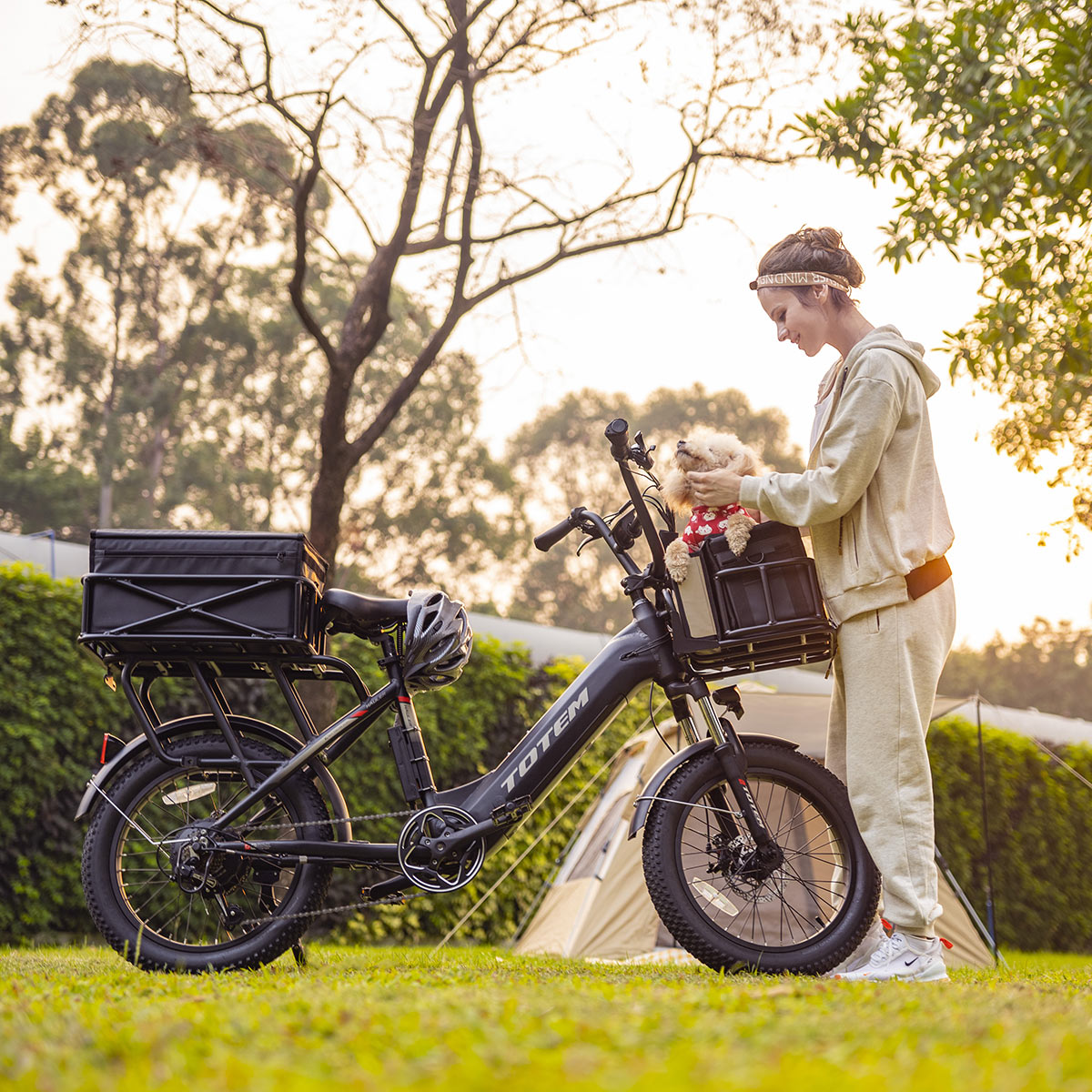
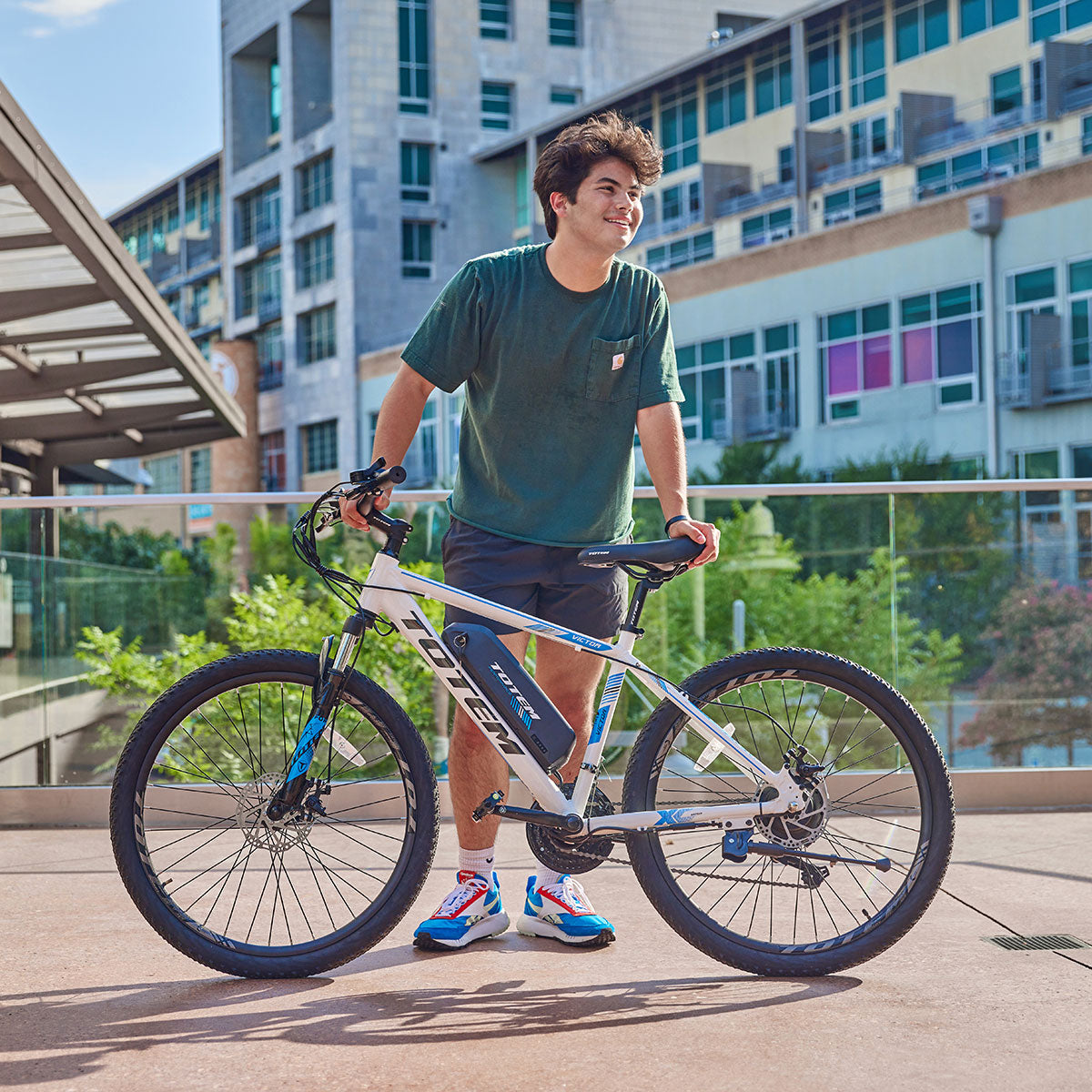
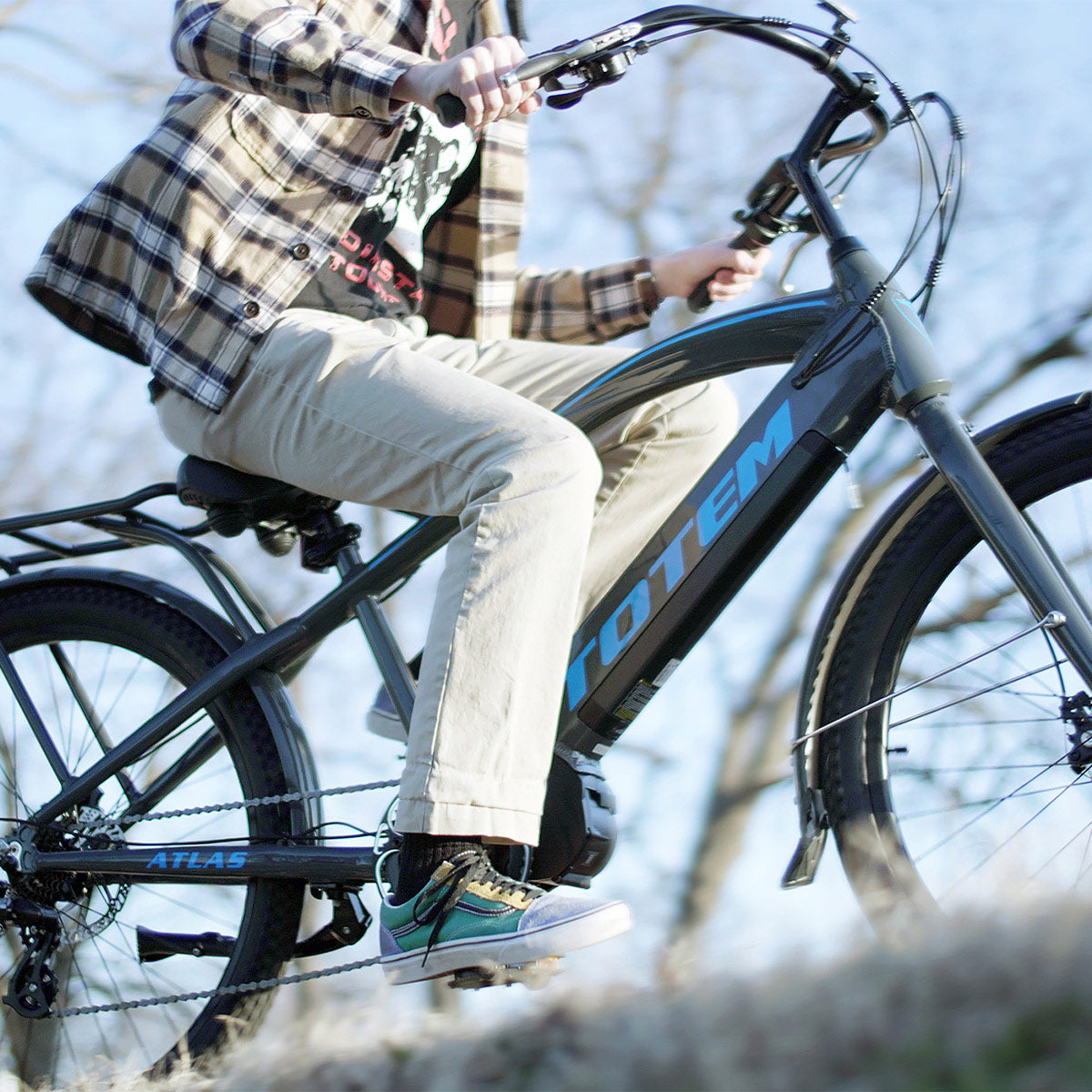
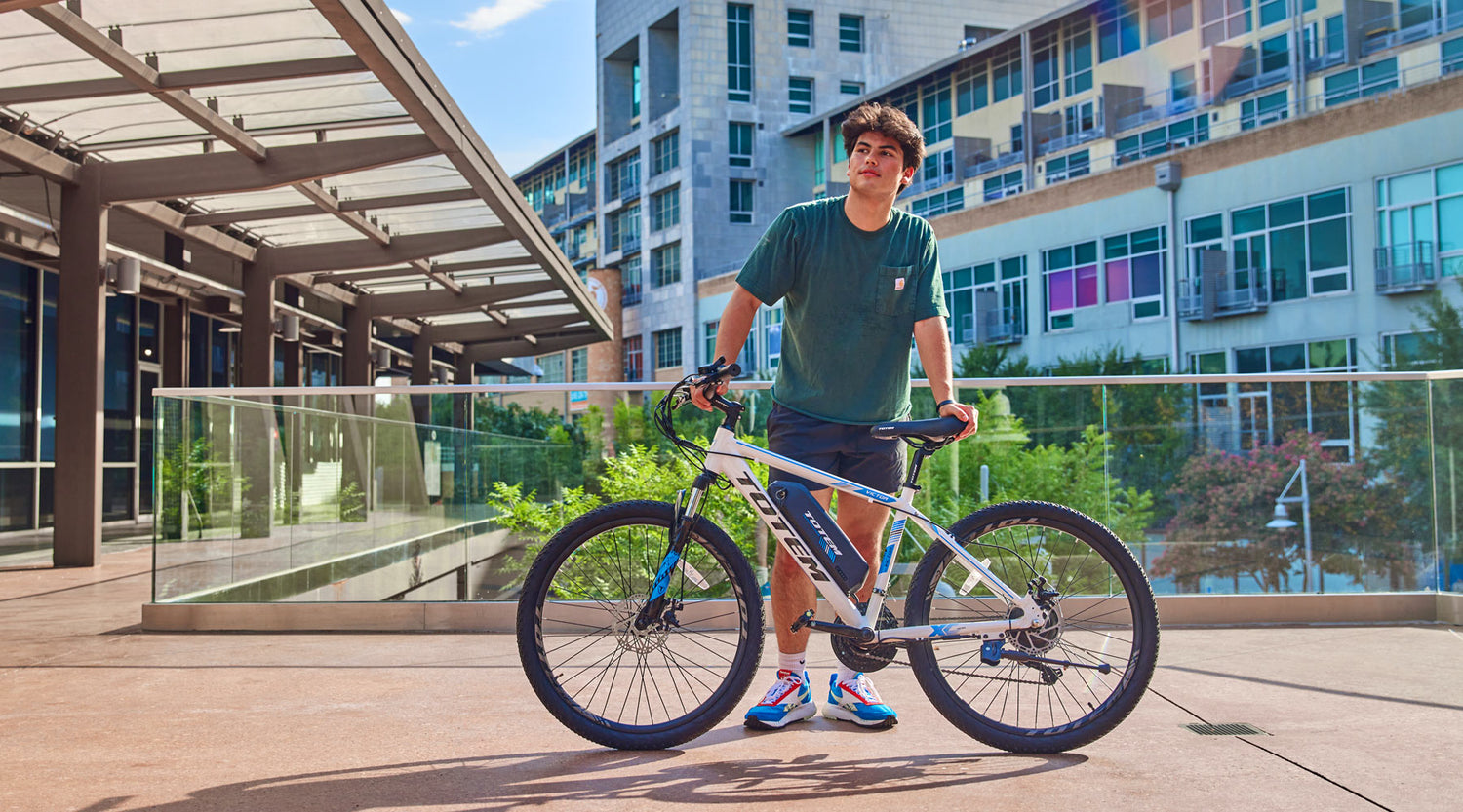
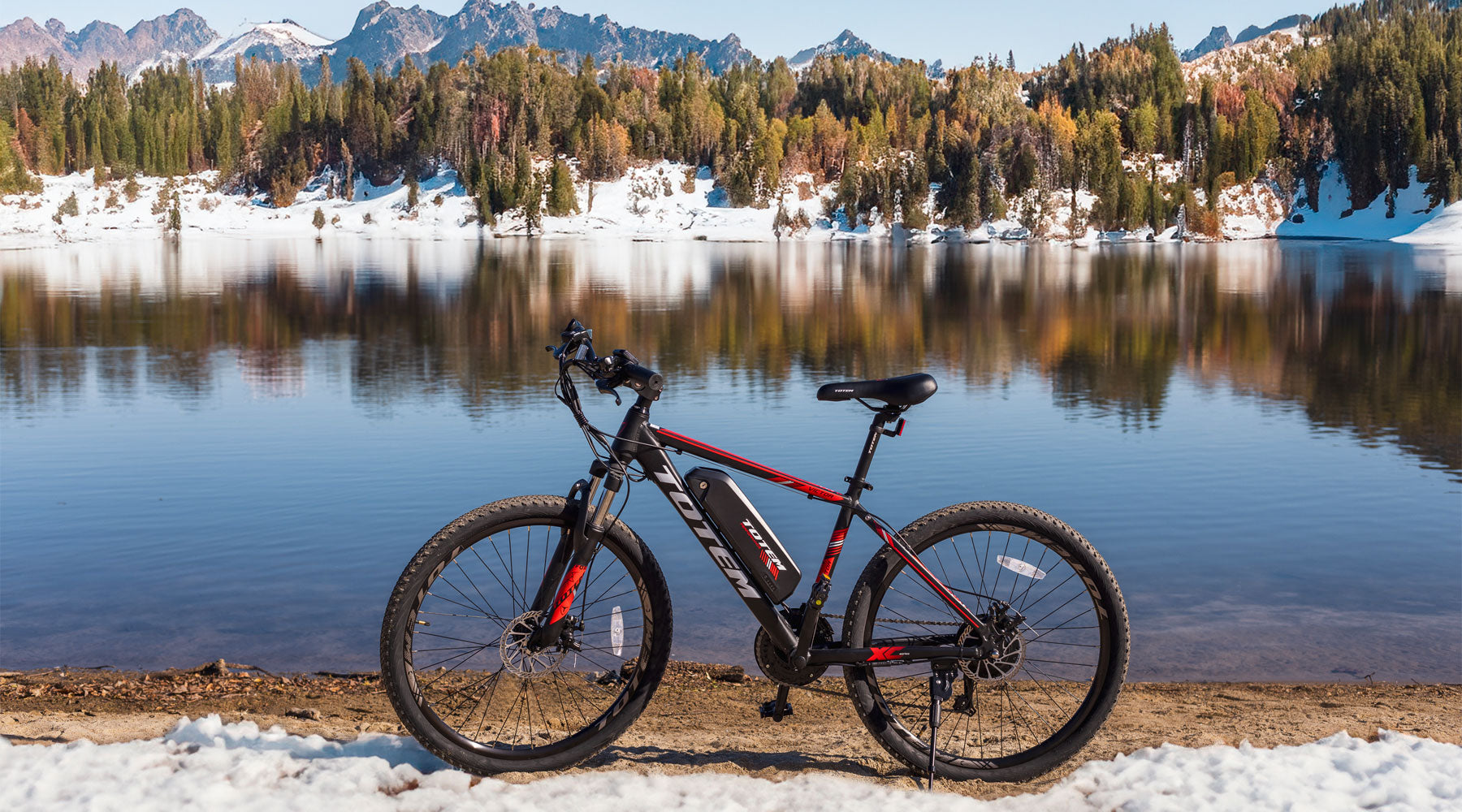
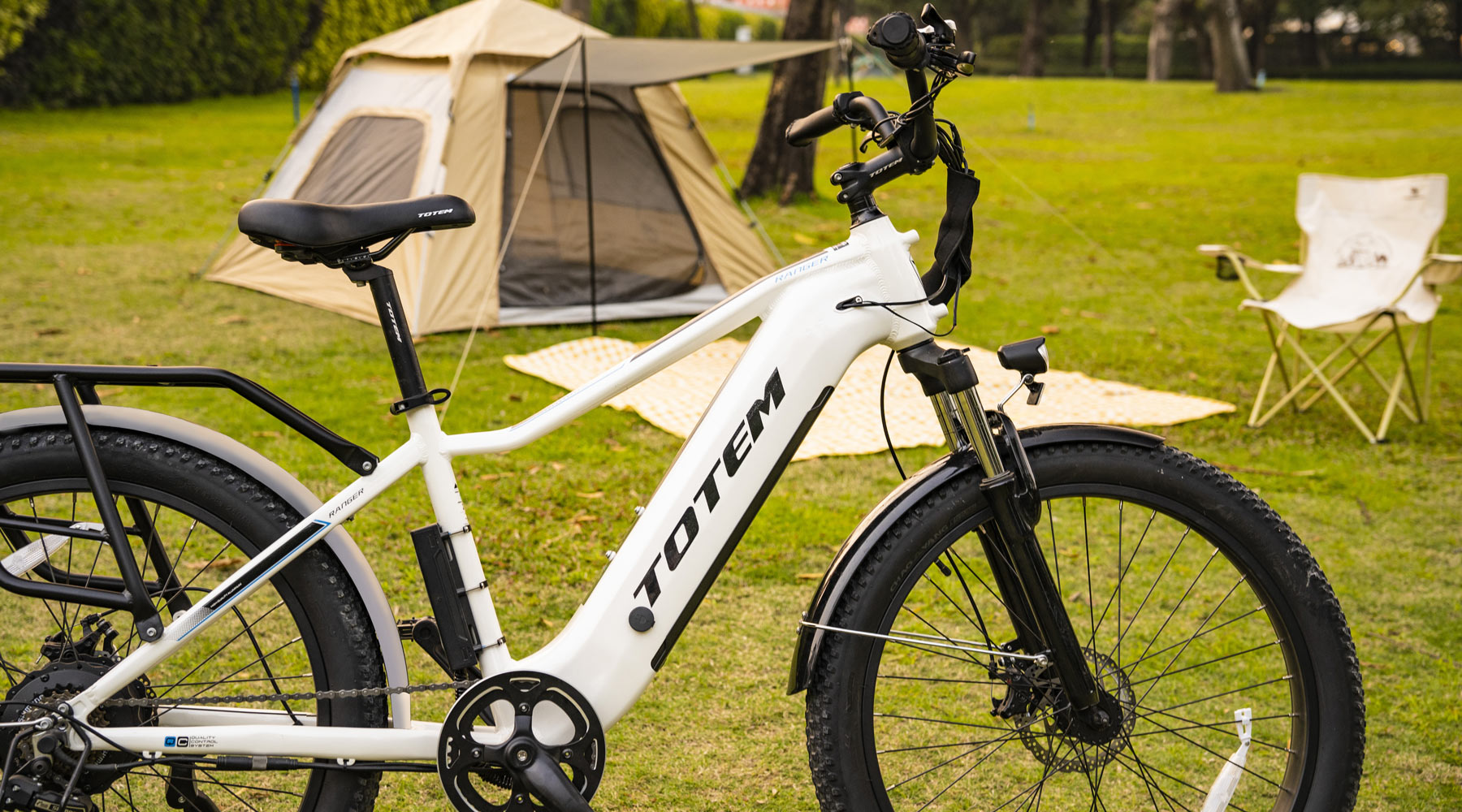
Leave a comment
This site is protected by hCaptcha and the hCaptcha Privacy Policy and Terms of Service apply.